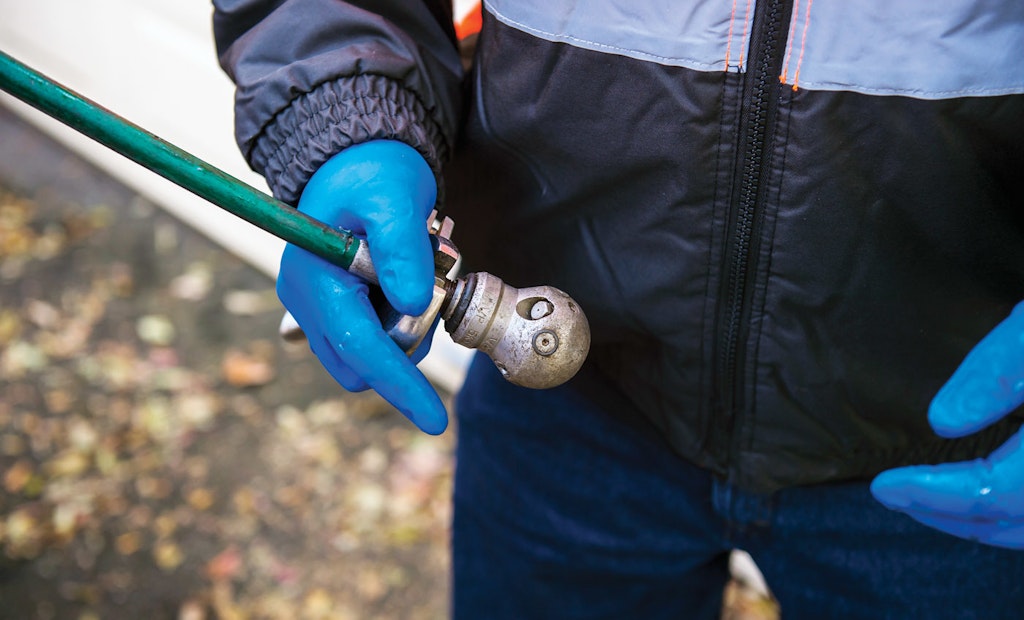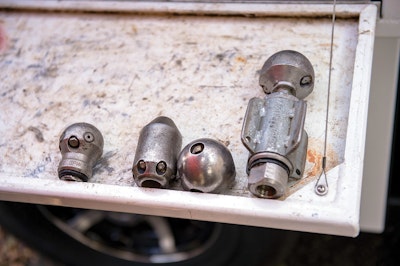
Investing in more expensive, high-quality nozzles means replacing them less often. Even high-end nozzles eventually wear out, but with maintenance they should last three to seven years before losing effectiveness.
Pipe cleaning nozzles are highly engineered tools that combine water pressure and sophisticated metallurgy to overcome whatever is impeding the flow in a pipe. The nozzles are part of what is sometimes called “aquadynamic cleaning technology” and come in myriad sizes,...






